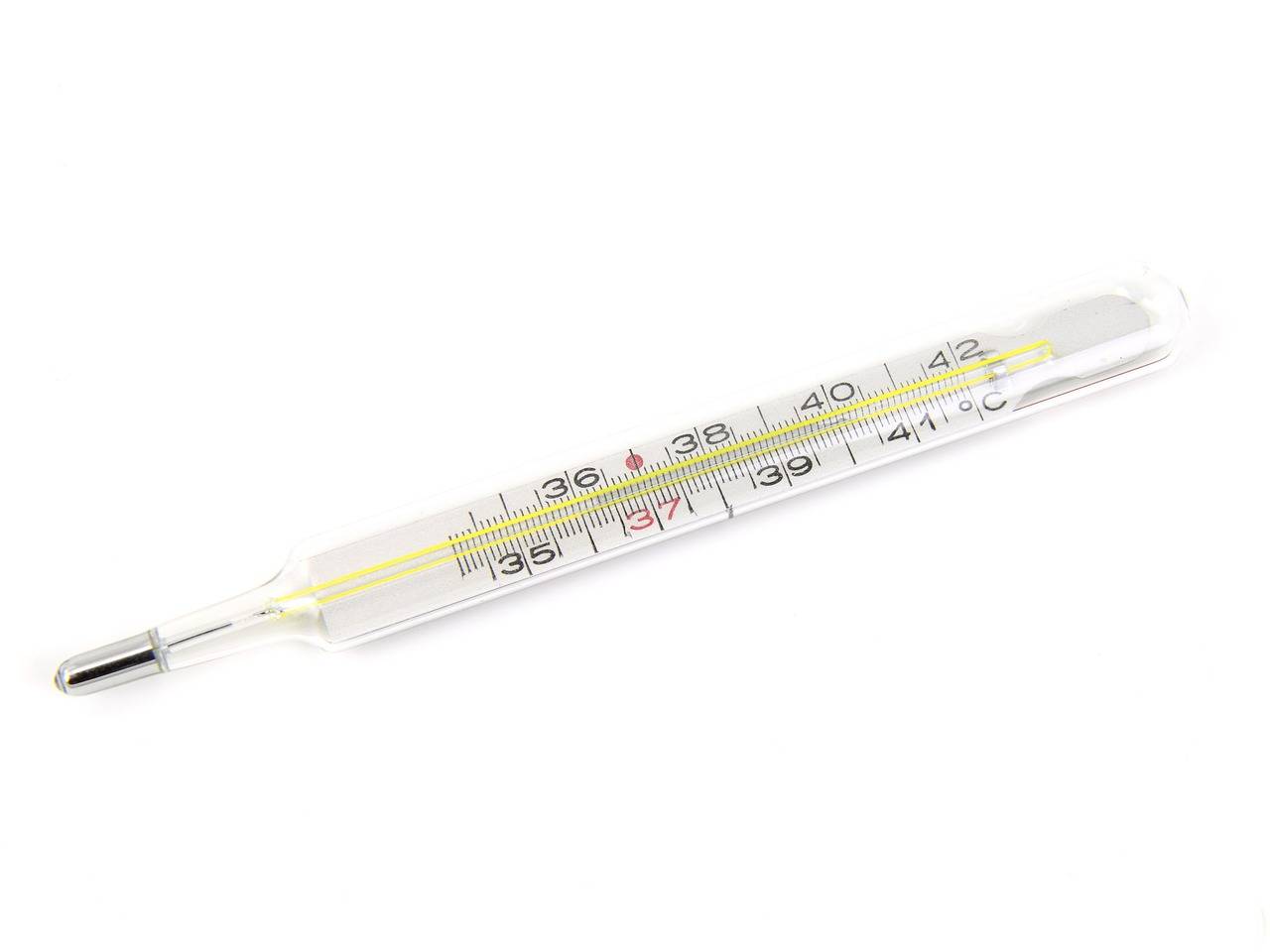The Impact of Urbanization on Public Health and Safety
Increased population density in urban areas has been closely associated with deteriorating air quality. The rise in the number of residents in cities has led to higher levels of air pollution due to increased vehicular emissions, industrial activities, and energy consumption. This has resulted in a rise in particulate matter, nitrogen dioxide, and other harmful pollutants in the atmosphere, posing serious health risks for individuals living in these congested areas.
Furthermore, the compact nature of urban settlements has also contributed to the exacerbation of air pollution. High-rise buildings, narrow streets, and limited green spaces can hinder air circulation and dispersion of pollutants, leading to poor air quality conditions. As a result, urban residents are often exposed to higher concentrations of pollutants, increasing the likelihood of respiratory illnesses, cardiovascular problems, and other health issues.
Challenges in Providing Adequate Healthcare Services in Urban Areas
In urban areas, the issue of providing adequate healthcare services poses significant challenges due to the high population density. The sheer number of people residing in cities often overwhelms existing healthcare facilities and resources. This leads to longer wait times, overcrowded hospitals, and difficulty accessing timely medical care.
Furthermore, urban healthcare providers face the challenge of catering to a diverse population with varying healthcare needs. As cities attract people from different socioeconomic backgrounds and cultural beliefs, healthcare services must be versatile and inclusive. This necessitates the need for culturally competent care, language interpretation services, and awareness of specific health risks prevalent in certain communities.
What are some challenges that come with providing healthcare services in urban areas?
Some challenges include limited access to healthcare facilities, overcrowding, higher healthcare costs, and increased risk of infectious diseases spreading due to population density.
How does increased population density affect air quality in urban areas?
Increased population density in urban areas can lead to higher levels of air pollution, which can have negative effects on respiratory health and overall well-being of residents.
What are some potential solutions to address the challenges in providing healthcare services in urban areas?
Potential solutions include investing in more healthcare facilities, improving transportation options for residents to access healthcare, implementing public health initiatives to prevent the spread of diseases, and addressing social determinants of health.
How can urban planners and policymakers work together to improve healthcare services in urban areas?
Urban planners and policymakers can collaborate to design healthier urban environments, allocate resources to underserved communities, and prioritize healthcare infrastructure development in urban planning projects.





